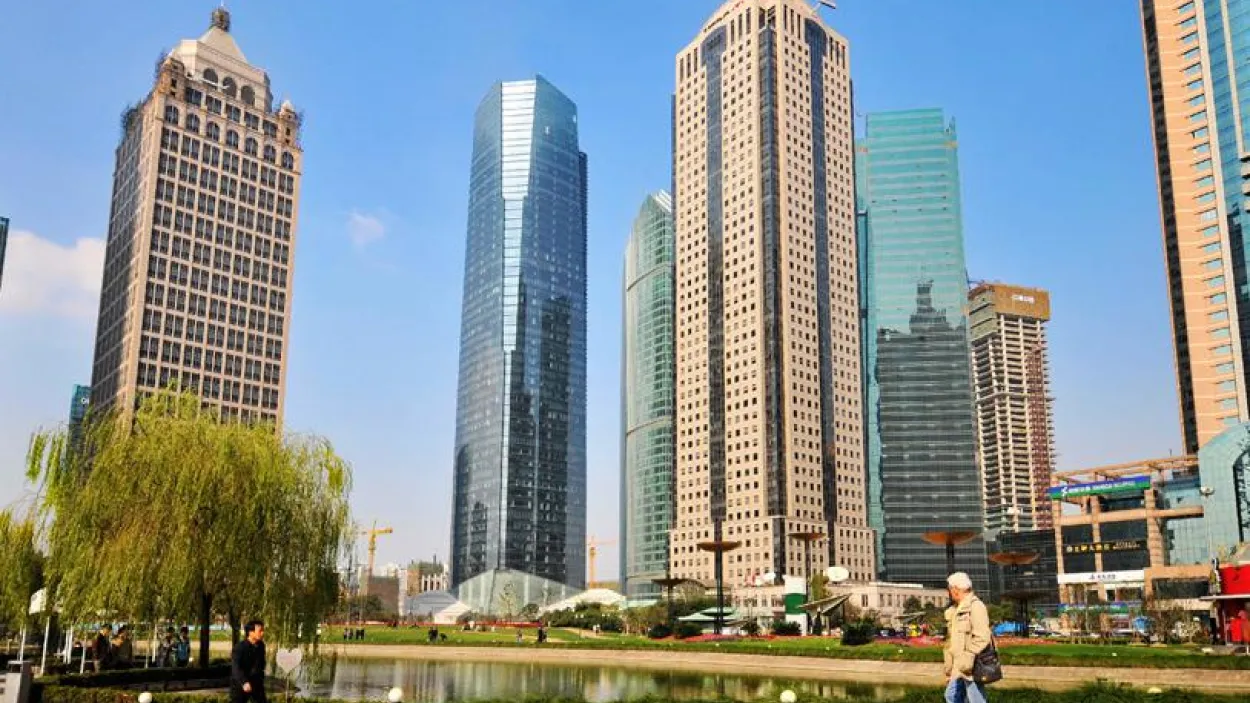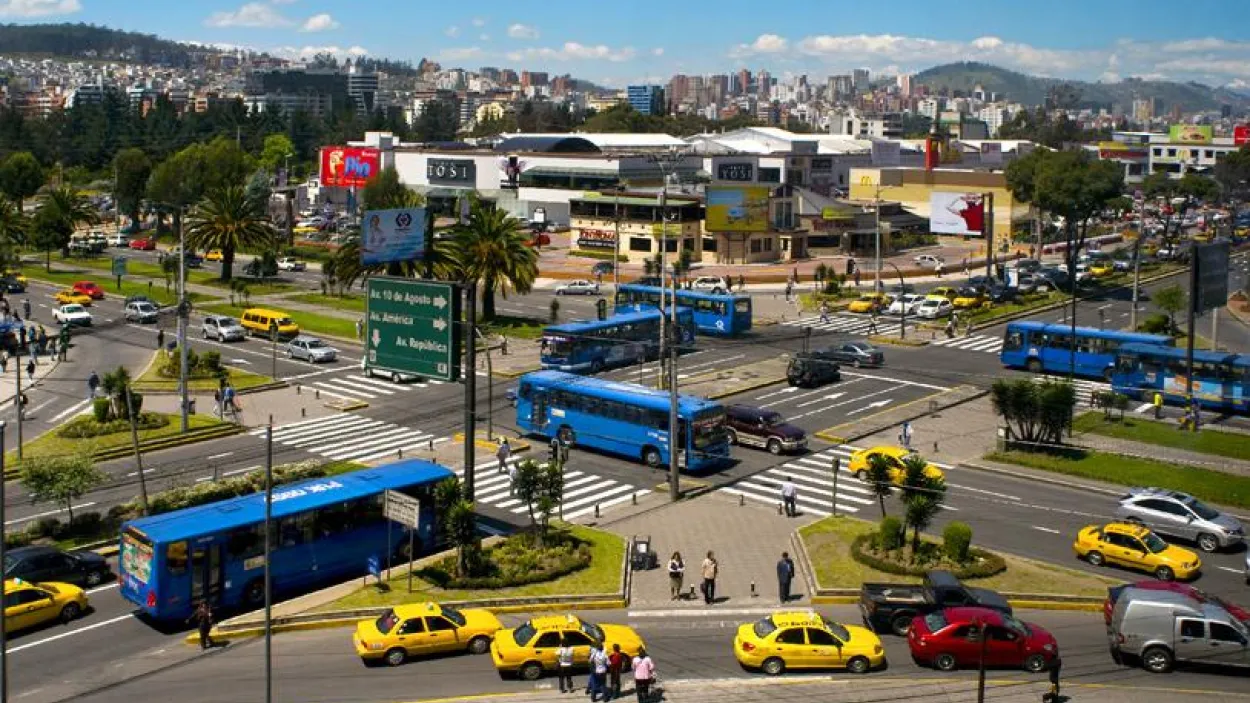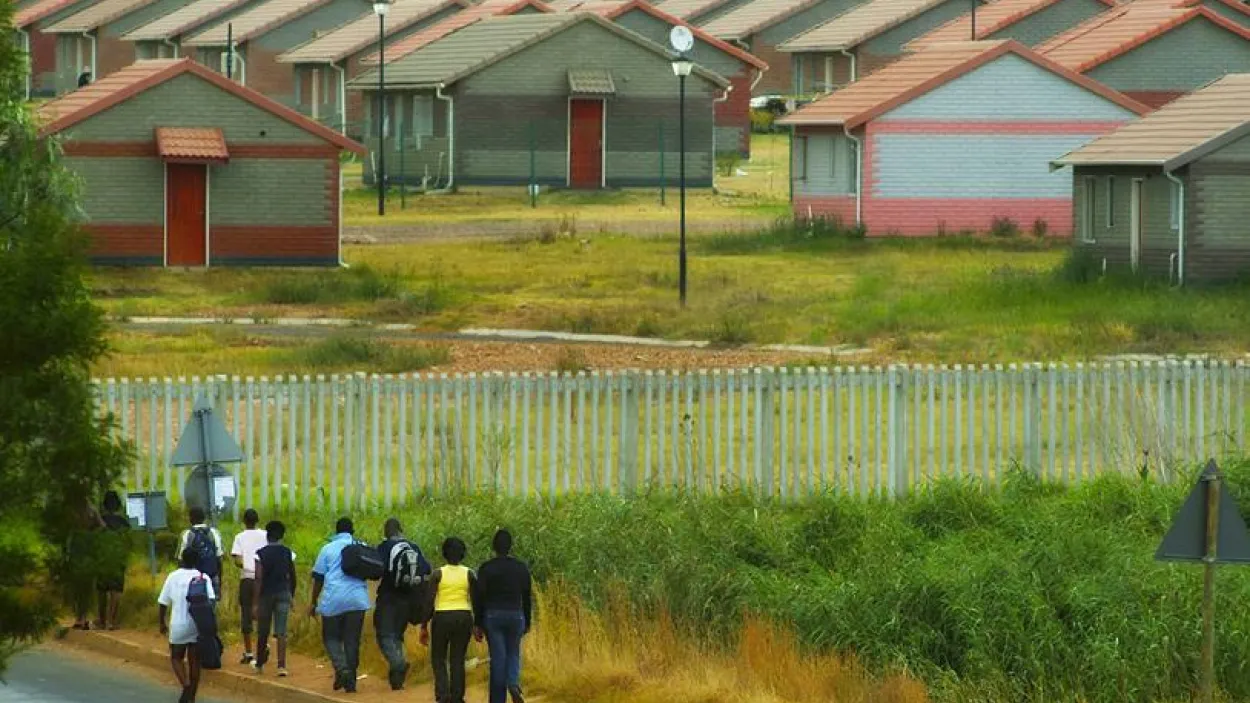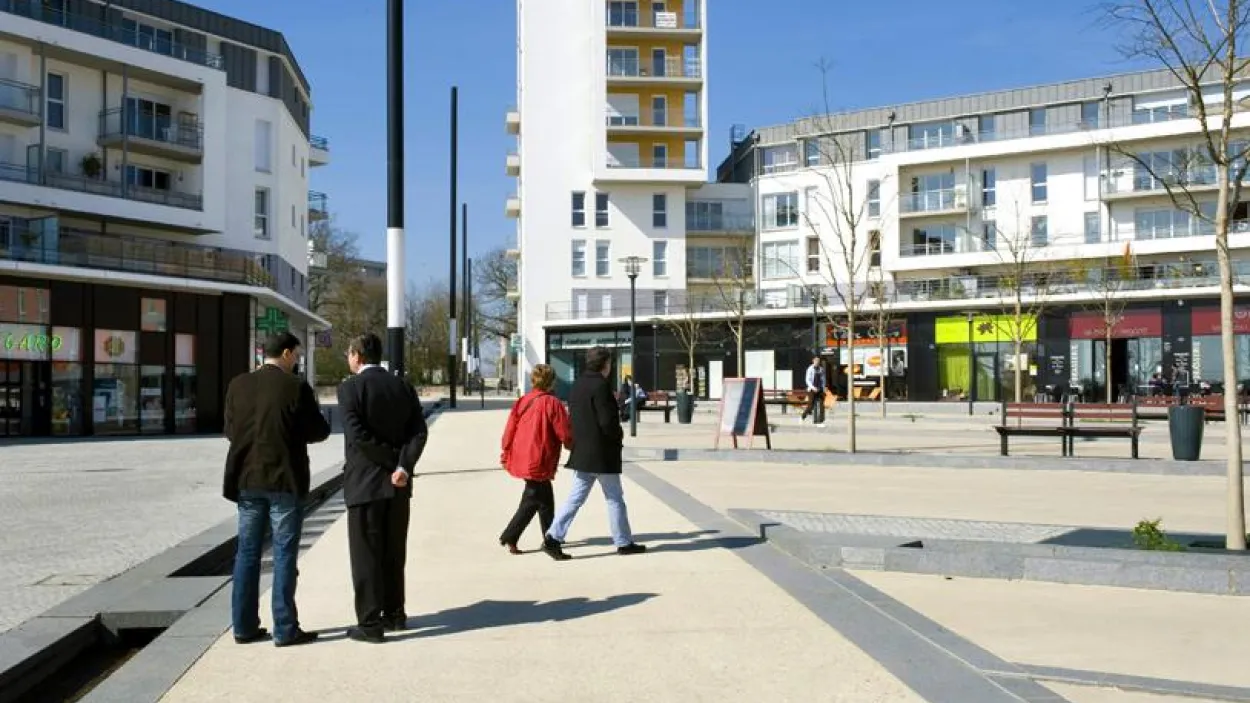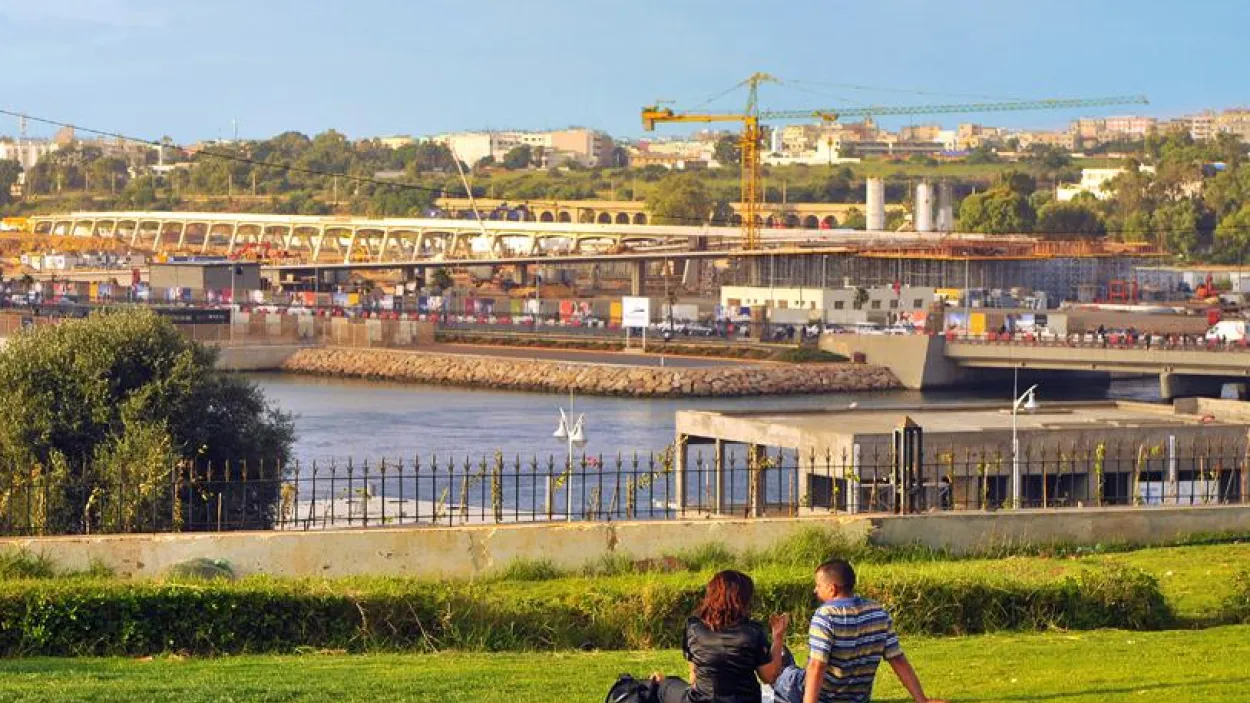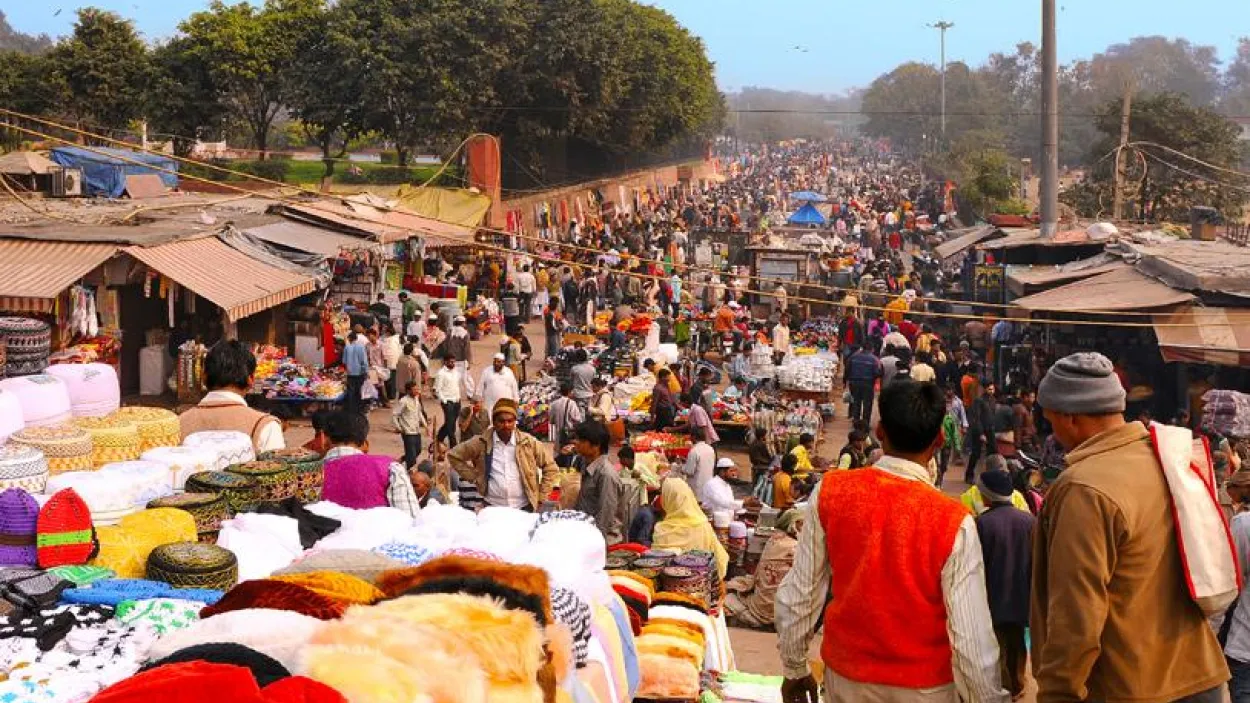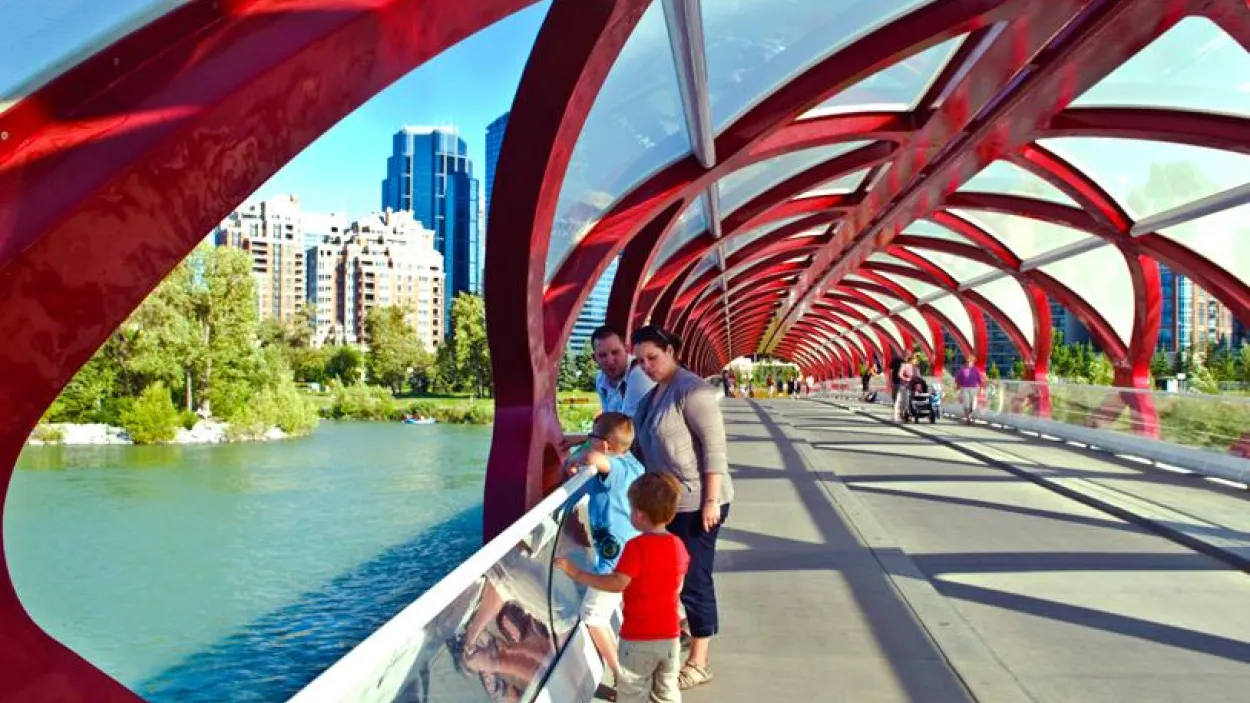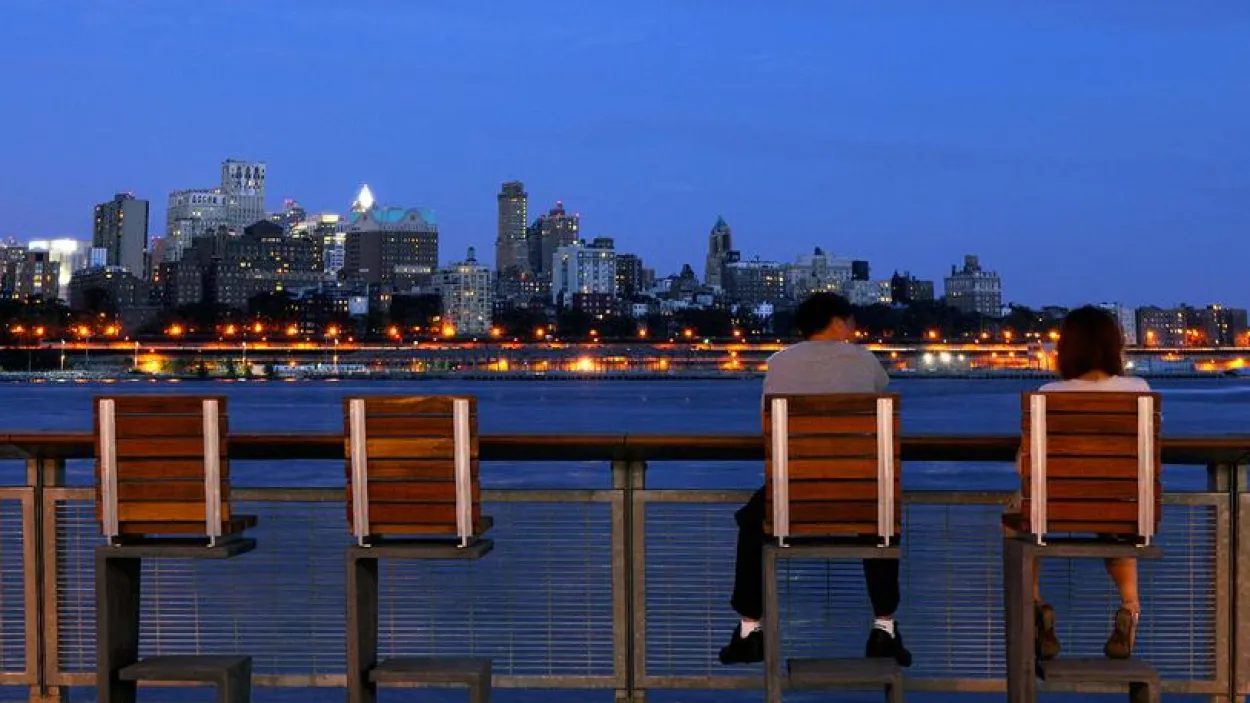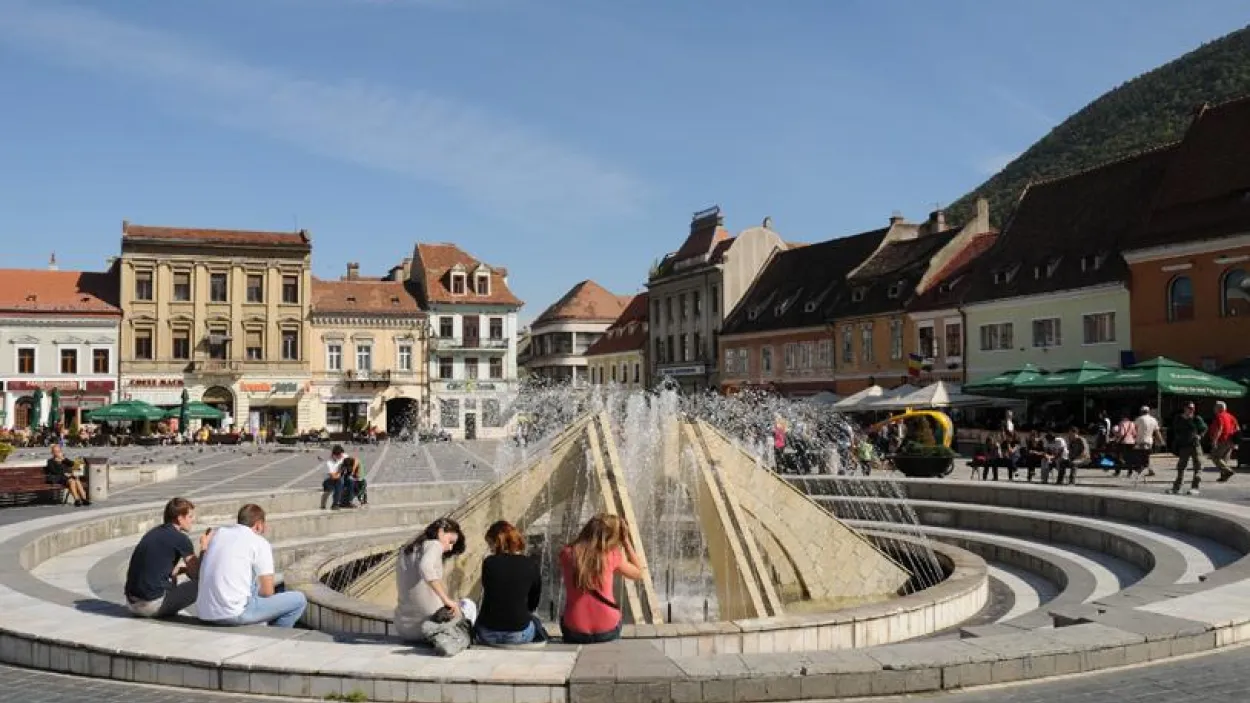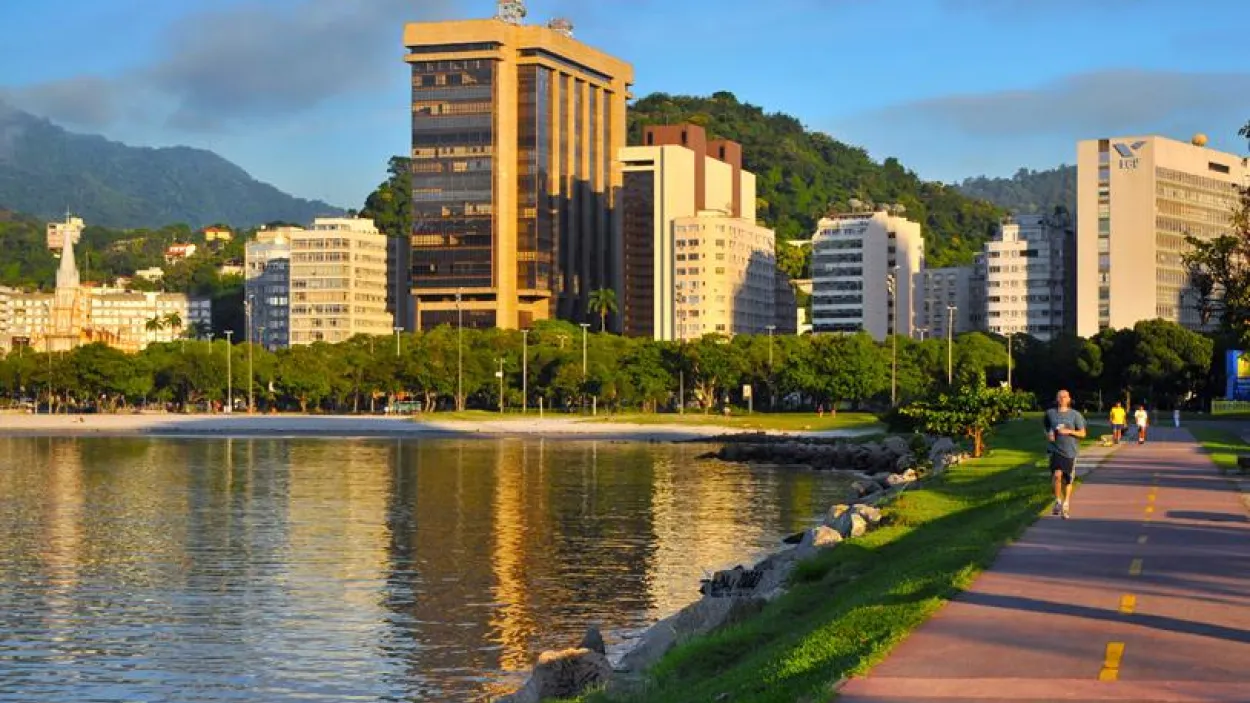Cities in pictures
Urbanization is a worldwide phenomenon. It sets challenges that every city must confront, whatever their size and country, if they are to improve their inhabitants' quality of life. Since there is no better way of describing cities than showing them, come along on a trip around the world... in pictures!





